Track Upcoming Global 2G/3G Sunset
Across the world, 2G and 3G networks have already been mostly shut down. In fact, by the end of 2025, worldwide support for 2G/3G will be almost non-existent. This rapid 2G/3G sunset schedule means IoT businesses need to act fast to avoid serious consequences for their installed equipment.
Are you prepared? Track the latest 2G/3G sunset updates below to find out different carrier 2G 3G network shutdown dates:
Connect LPWA as the Great Alternative for 2G/3G Sunset
While IoT businesses should be concerned and fast-acting regarding 2G/3G sunset, the situation isn’t wholly without opportunities. Newer 4G, 5G and LPWAN connectivity options will enable a product and service refresh and future-proofing device deployments for the next ten years and beyond.
Our Connect LPWA solution offers connectivity on the two most popular LPWA technologies – NB-IoT and CAT-M1. Both options support low-power features like PSM (Power Saving Mode) and eDRX (extended Discontinuous Reception); users can allocate dynamic and fixed IPs and connect securely through custom APNs, all of which are managed on the Nomad Connectivity Management Platform with a single invoice.
The Connect LPWA solution will help to maximise the lifetime of devices with efficient battery management on an IoT network technology designed for the future.

Global Connectivity That Grows With You
We have worldwide connectivity with high-quality local roaming and breakout options to make sure your IoT is scalable.

Connectivity Management Made Easy
Nomad, our best-in-class connectivity management platform, ensures great visibility and end-to-end management across your deployment – from provisioning and monitoring to billing.

eSIM Connect: For Pioneers, By Pioneers
eSIM Connect, our eSIM solution, is designed for flexibility, scalability, and futureproofing your operation, both locally and globally. Leverage multiple form factors and customized plans to unlock efficiency and performance.
Want to know more? Get in touch.
Whether it is a global IoT deployment or a local project, our connectivity solutions are designed to give you the flexibility to scale your business. Contact us to find out how our experts can help
